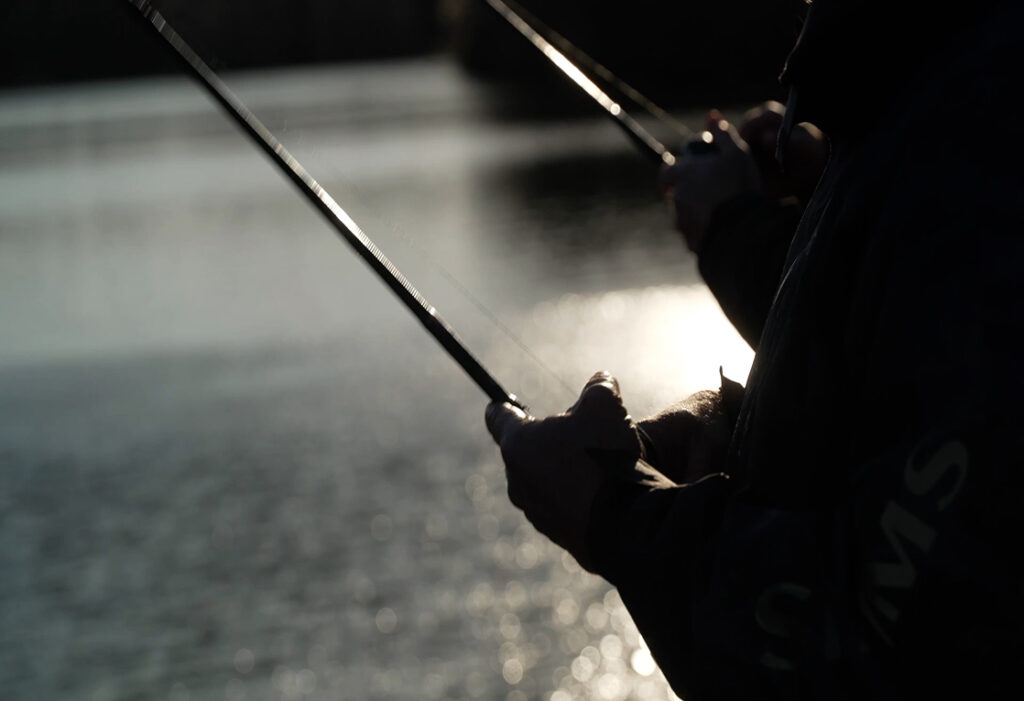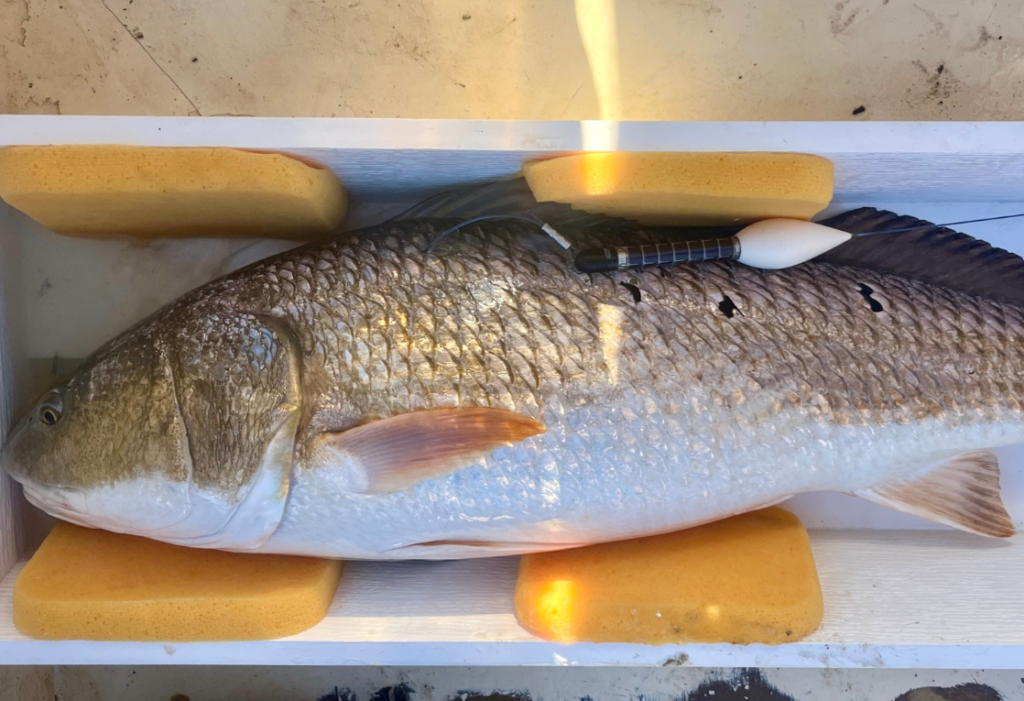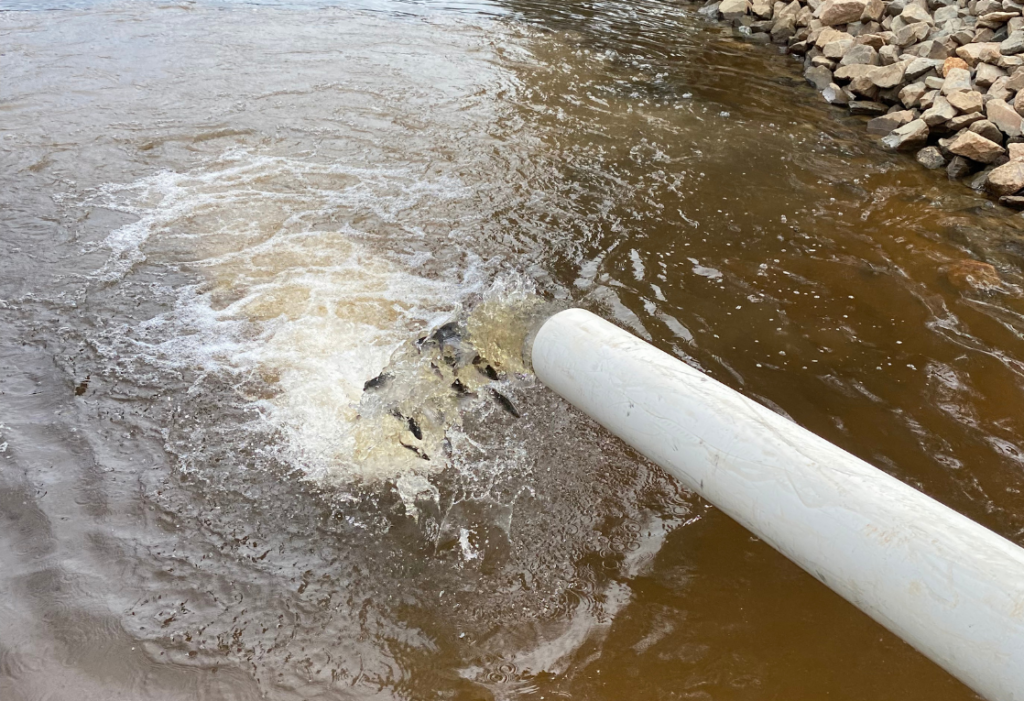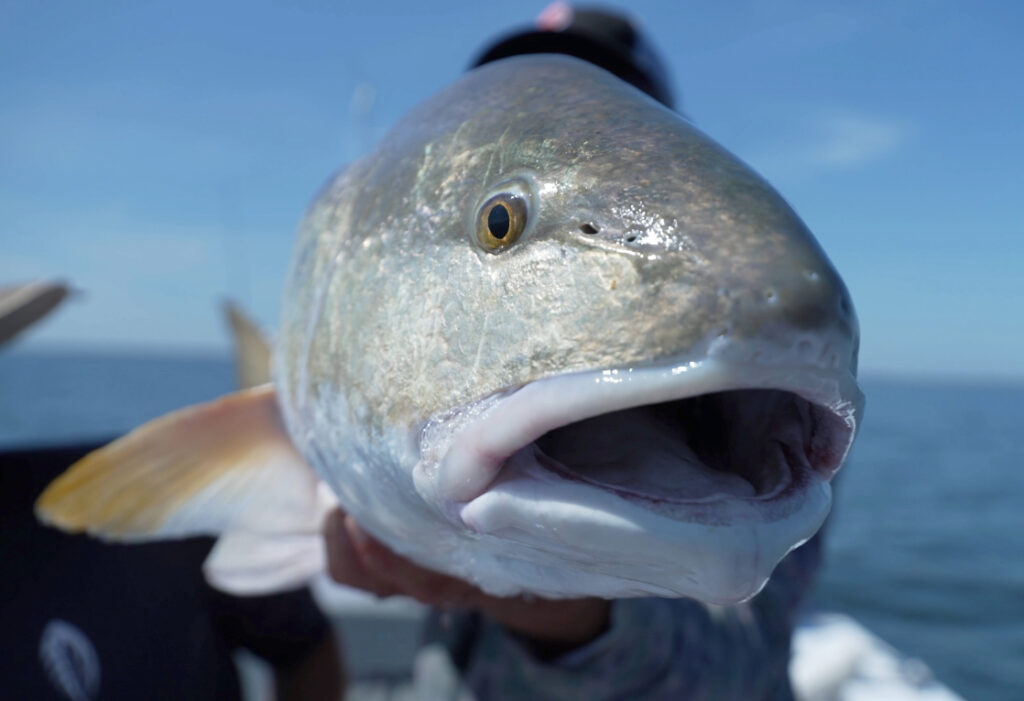Where were you in 1970? Some red drum still living in the million-acre Pamlico Sound were born that very year.
Red drum contribute to the financial health of our coastal economies to the tune of hundreds of millions of dollars every year. Together with speckled trout, flounder, striped bass, and weakfish, the group is considered North Carolina’s top five inshore coastal fisheries.
Despite the significance to our economy and culture, those responsible for maintaining a robust fishery population have precious little data to guide their efforts. Should the flounder season be longer or shorter next year if we even have one? Will speckled trout daily limits be reduced if current trends continue?
These questions cut to the core of maintaining sustainable, self-replenishing fisheries. But without reliable numbers, many policy decisions will be wrong, risking the very existence of critical species in our coastal waters, unnecessarily limiting recreational fishing seasons, and ultimately harming the entire fishing industry.
In October 2023, the North Carolina General Assembly acted to address this problem by advancing a new harvest reporting policy. The Marine Fisheries Commission is currently considering the rules to implement this program.
On the commercial side, about 6,000 licenses are sold per year. Of those licenses, only about 2,000 holders report at least one sales transaction to a licensed fish dealer. What impact, if any, do the other 4,000 license holders who report no annual sales activity have on the various fisheries?
This commercial data gap has been a constant source of uncertainty. The new harvest reporting policy aims to close this gap by requiring that all fish and shellfish kept under the privileges of a commercial fishing license be reported, regardless of whether those fish were sold or not.
On the recreational side, the data used to inform fishery management decisions is collected through a federal survey process known as the Marine Recreational Information Program. With rare exceptions, this annual data stream is the only source of recreational harvest data used by state fish agencies to set size limits, daily creel limits, and season lengths.
Not shockingly, the federal surveys have their limitations, and in August 2023 new sources of error were identified that brought the survey program to a halt through at least 2026.
The National Oceanic and Atmospheric Administration (NOAA) published a report suggesting that their federal mail surveys were overestimating recreational fishing effort by as much as 30-40% in some instances, immediately calling into question the validity of the recreational harvest data used to develop and update fisheries stock assessments.
NOAA began a pilot study in late 2023 to identify the underlying problems with the survey procedures, with a more comprehensive review scheduled to be completed in the spring of 2026.
What happens to coastal fisheries management in the meantime? According to NOAA’s website, “…we advise against making large-scale changes to assessments until we know the full implications from the comprehensive follow-up study.” This may be interpreted as a warning to “use at your own risk.” Consequently, states from Maine to Florida, as well as those in the Gulf, are scrambling to determine the next steps.
Here lies the opportunity the legislature seized to do something different. If successful, North Carolina will have its own data stream to evaluate harvest trends for our most valuable coastal fish species. A visionary observation from the policy sponsor noted, “The new fisheries data program, which will be phased in over a period of three years, positions the state of North Carolina as a pioneer in the field of commercial and recreational harvest reporting.”
Yes, reporting catches can be an annoyance, and some anglers will not comply. But consider North Carolina’s existing mandatory reporting programs for bear, deer, and turkey. Reporting big game harvests is ingrained in our culture, although it might shock you to learn that not everyone reports their deer kills. And here is the remarkable thing – that’s okay! The data is still valuable.
Our state wildlife agency doesn’t need 100% accuracy because it monitors trends in the reported harvest – how it compares to last season, where it’s concentrated, and the like.
It will be several years before consistent reporting rates are achieved for the five recreational fish species included in the new reporting program. Even if initial reporting rates are low, the numbers will level out over time. Once that happens, the trend data could validate federal survey estimates, inform harvest rates during short keeper seasons (like southern flounder), and unify data collection for all five recreational species across the various management jurisdictions.
The state needs time to build out the reporting system, make it user-friendly, and educate the angling public to encourage participation and promote compliance. Like anything new, the data’s true value will be determined over time. For a working example, check out Alabama’s “Snapper Check,” a state reporting program used alongside the federal data that lengthened red snapper seasons in the Gulf.
This program can be a cornerstone in promoting world-class fisheries in North Carolina. With better data, the state can more effectively manage our valuable coastal fisheries that drive economic activity across the coast. While the new requirements cause anglers to face the same minor inconvenience hunters do, the desired benefit is that over time there will be more fish and longer seasons for all anglers.




